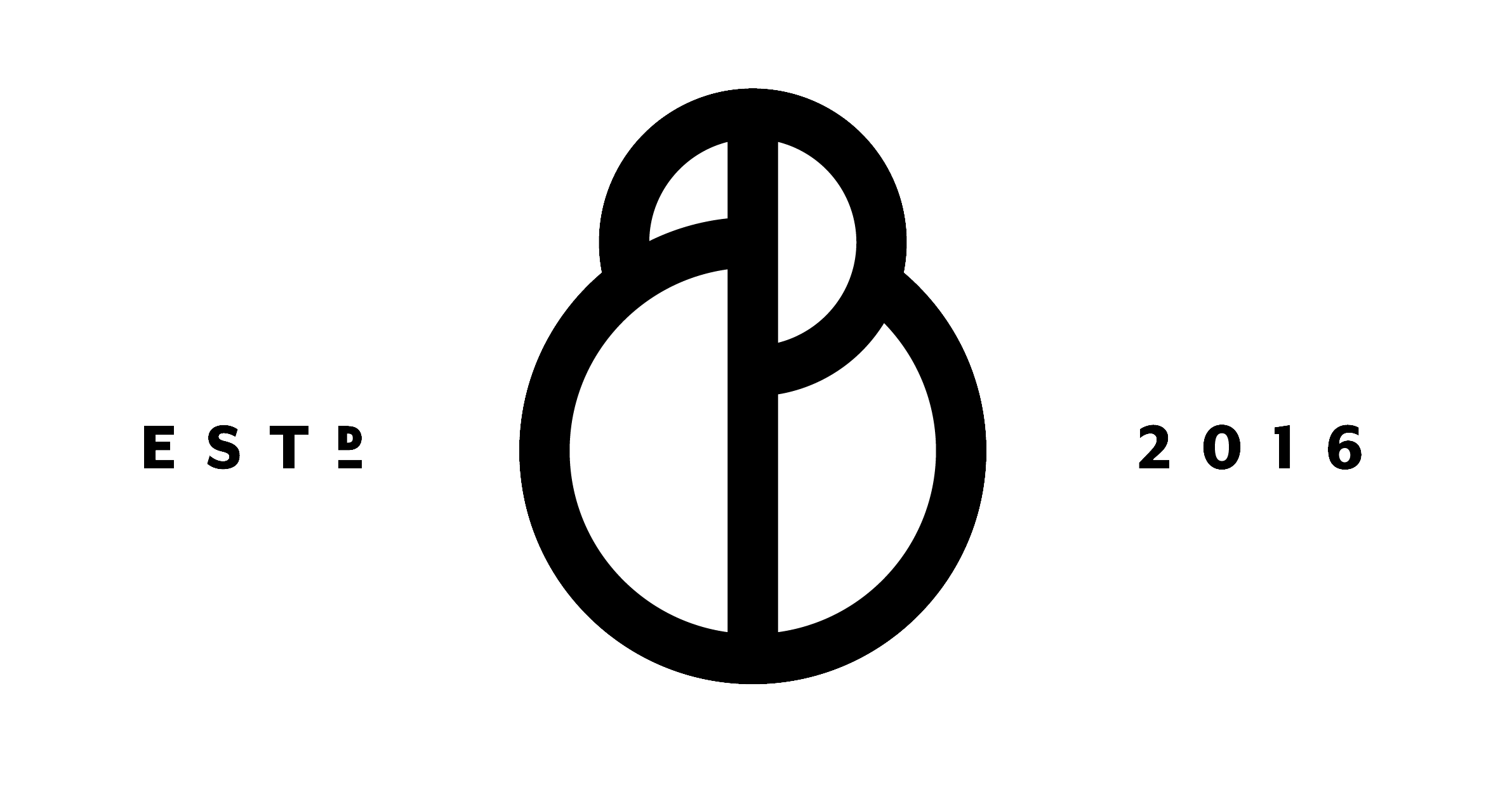The history of Ethiopian coffee
The origins of coffee are almost certainly Ethiopia. And this remarkable country in East Africa is still the beating heart of coffee in many ways. Here are some reasons why: It has a history of coffee consumption that is likely 1000 years old. Almost all the genetic diversity found in coffee can only be found in Ethiopia where hundreds of coffee varieties grow in wild, semi-wild and cultivated farms alike. The name of coffee in the Amharic language is Buna. Around 7 million jute sacks of coffee are grown and processed in Ethiopia every year and amazingly, Ethiopians love coffee so much, only 4 million of those bags are exported!
Ethiopian coffee farm: freshly harvested raw coffee beans laying on beds
Ethiopia has at least six different distinct growing regions. Harrar is one of the oldest and was for a long time the most famous area. As Ian Bersten said in ‘Coffee Floats, Tea Sinks’: “Longberry Harrar is much prized but very difficult to find. It is a large bean with a pronounced… winey flavour.” More recently, Sidamo and Yirgacheffe have become the most exciting coffee regions in Ethiopia. In fact, these first three growing regions were trademarked by the Ethiopian government because of their special, unique and fantastic flavours. Here at Boun Beans we especially like the flavours of Yirgacheffe and regularly work with the Aricha Washing Station. This coffee has really amazing fruit notes like mango, apricot and peach. Other noted growing regions of Ethiopia include Limu, Jimma and Lekempti. But the different growing regions are only one of the reasons why Ethiopia is so special.
Unlike in many other countries, coffee still grows wild in Ethiopia. In fact, there are three main sources of coffee in Ethiopia: wild, semi-wild and farmed coffees. Sometimes these are known as forest, garden and plantation coffees. The wild coffee growing in Ethiopia is usually surrounded by shade trees and the coffee trees themselves tend to be older than cultivated coffee tress. What’s more, when left uncut, a coffee tree can grow up to 20 feet tall – so expect to turn your head up to the heavens if you run into a wild Ethiopian coffee tree. Garden or semi-wild coffees are grown by small holder farmers alongside other crops. These coffees will be more managed than the wild coffees but are still not produced in anything like the large agricultural systems you might think of as modern-day farming. The majority of coffee grown in Ethiopia would be considered garden or semi-wild. Finally, we have cultivated or estate coffees. These beans are grown using more modern agricultural techniques on large farms and often are just one variety of coffee. These different styles of production also give a special quality to Ethiopian coffee.
Here at Boun Beans we only buy Grade One coffees; this is why we consider our coffee to be a luxury product. In Ethiopia only the absolute best coffees can be graded at a grade one level. This means it has the lowest level of defects possible and cupping at the highest possible cup scores. As Ethiopian coffees have gained a greater reputation over the last ten or twenty years, the prices of coffees from Ethiopia has gone up considerably. This increase in cost has led some roasters to choose to work with grade two or even lower grades, but at Boun Beans we know that simply will not work for our coffee connoisseur customers.
If this has got you curious about how Ethiopian coffee really tastes, we recommend you get yourself a bag as soon as possible. These coffees never fail to wow and impress and if you want to try a taste of coffee unlike any other, you must start with Ethiopia.
The authentic Ethiopian ‘Coffee Ceremony’. In picture: Buna(coffee beans), hot coal stove, china coffee cups, incense burning, sugar pot, ceramic Ethiopian coffee pot
We hope this blog has helped you understand a little of how the life of our coffees before they come to Boun Beans. We look for farmers who hand pick the ripest, sweetest coffee cherry and produce their coffee with the same care and consideration that we roast your coffee. Boun Beans then roasts these coffees to perfection, showcasing all of the great work the farmer does and bringing a unique, luxury product to you.



